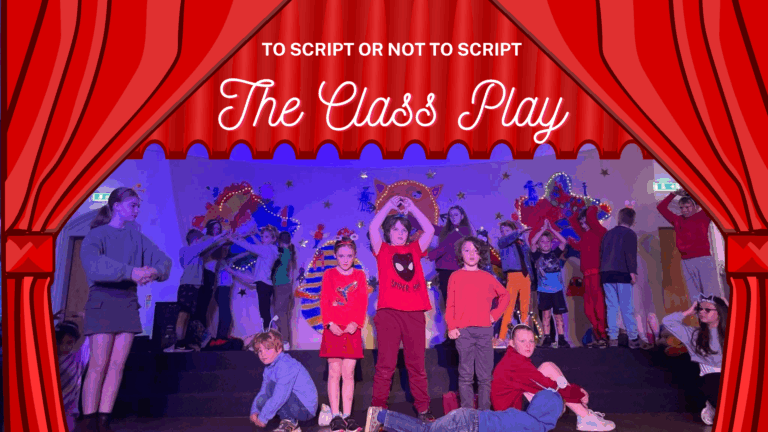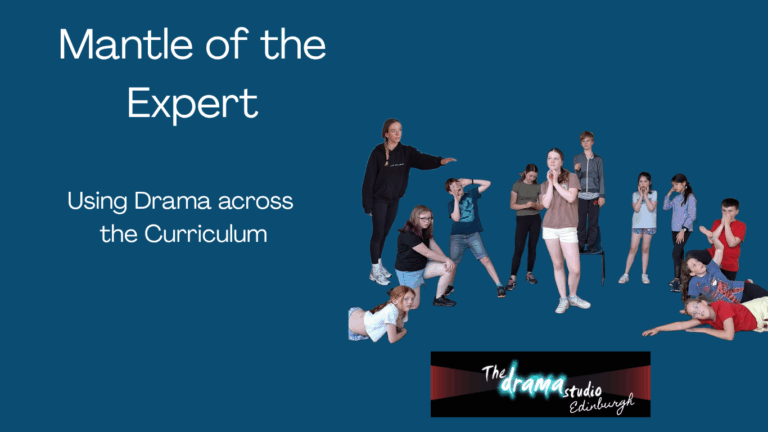“HOW” WE TEACH
In classrooms around the world, teachers are working tirelessly to cover every part of the curriculum.
They are ticking boxes, meeting targets, and ensuring that their students are “on track.”
So many teachers barely have time to stop and reflect.
They experience overload, anxiety, the feeling that actually this is not what the children of today need.
When something new and truly transformational does cross their paths, they often feel they just don’t have time to try it out.
Additionally for a growing number of teachers, student behaviours continue to spiral and cause concern.
Most teachers want to help their students and to find a way to turn things around but…..
….. they are trapped in a race to deliver content and get through everything that must be covered, planned, evaluated and assessed.
Within this race something vital is often lost: the art of the delivery itself.
Unfortunately the focus in education today still most often lands on what must be taught, rather than how it is taught.
We hear about current educational developments and innovations and many do seem to be genuine and truly inspiring.
Good practice in schools is highlighted and the benefits of engagement, discovery and responsive approaches are recognised.
However for an average teacher with a heavy workload, where is the actual guidance in how to present these approaches within their teaching?
How can teachers discover methods of engagement that will cut through resistance and behaviours to motivate and inspire learners?
Where are the lesson plan templates that detail how to do it?
The very thing that can transform learning is the style of the teaching delivery and yet it is not prioritised as it should be.
Teaching practice or pedagogy is not usually a major focus of teacher training or CPD.
The irony is that it doesn’t have to be a hugely expensive training project to help teachers to learn the interactive methods of engagement.
These already exist and are being used now by inspired teachers all around the world.
They are not difficult for any teacher to learn.
Interactive Approaches Using Creative Drama
Interactive methods of engagement have been used for decades by teachers of Creative Drama.
Drama is not only an important Arts subject in its own right, but also recognised as a very dynamic tool in which to explore the curriculum at so many levels.
Class topics, Literacy, even Maths will benefit from using Drama teaching techniques.
Additional benefits of raising confidence, improving behaviours and relationships, unleashing creative energy can be so transformational for our young people.
Drama structures and techniques can be used in the classroom by teachers to enable interactive learning in order to teach the curriculum.
Visit a classroom where the teacher is using a physical, interactive approach through drama and the atmosphere will be unmistakable, you’ll feel it straight away.
Students in that classroom are alive with curiosity and energy.
You will hear laughter, the buzz of dialogue and the power of the sound of silence.
Learners are not just hearing information as passive recipients but they are proactive and living it.
When teachers bring lessons to life through interactive drama techniques, they are tapping into how children learn best, by doing, exploring, creating and feeling part of the lesson.
Students remember the elements of the lesson because they have been totally immersed within it.
It is an experience lived, just the same as going to the fairground, the seaside, the forest and is imprinted on their memories.
Take it a step further into reading and writing and the approach has powerful implications for teaching many areas of the curriculum.
A history lesson becomes a re-enactment, a geography topic becomes an adventure, a maths lesson on fractions can turn into a physical challenge in a pizza restaurant!
When student imaginations are ignited, their understanding is deeper and goes beyond what a worksheet could ever achieve.
When students feel connected their confidence grows and attainment rises.
They experience achievement which in itself is a powerful motivator and they become truly invested in their own learning.
The Ripple Effect On Behaviour, Relationships, and Attainment
Engagement and motivation breeds positive behaviour.
If students are actively involved, they are less likely to drift off, less likely to disrupt, and more likely to contribute meaningfully.
They are just too busy doing to disengage or disrupt.
Relationships thrive in interactive classrooms between teacher and students and among peers as well.
There’s laughter, teamwork, mutual respect and a shared sense of purpose.
The impact doesn’t stop there.
When learners are motivated and emotionally invested, attainment naturally rises.
They remember more, try harder, and develop confidence in their abilities.
The atmosphere in such classrooms is simply electric — focused and fun.
Light The Spark
Interactive teaching breathes life into the curriculum.
It requires creativity, courage, and a willingness to step away from the facing the students from the front of the class and into learning alongside them.
This is where real learning happens, within the spark between teacher and students.
It is in shared excitement of a lesson that feels alive and in which learners feel valued.
When teachers focus on how they teach and not just what they teach, their classrooms become places of curiosity, connection, and fun.
The real magic of education takes place right here.
Should educators start to prioritise how they teach as much as what they teach, classrooms will become places of discovery rather than delivery.
How We Teach Really Matters
Yes, of course Curriculum content does matter.
However, without an engaging teaching style even the best content can miss the mark.
Teachers who make the biggest impact go way beyond being transmitters of knowledge.
They are facilitators of engagement and experience.
They have discovered that interactive learning doesn’t just improve behaviour, relationships, and results, it redefines what it means to truly teach.
So while the curriculum may set direction, the teaching style will set the tone upon which rests the success of that direction at so many levels of the educational system.




